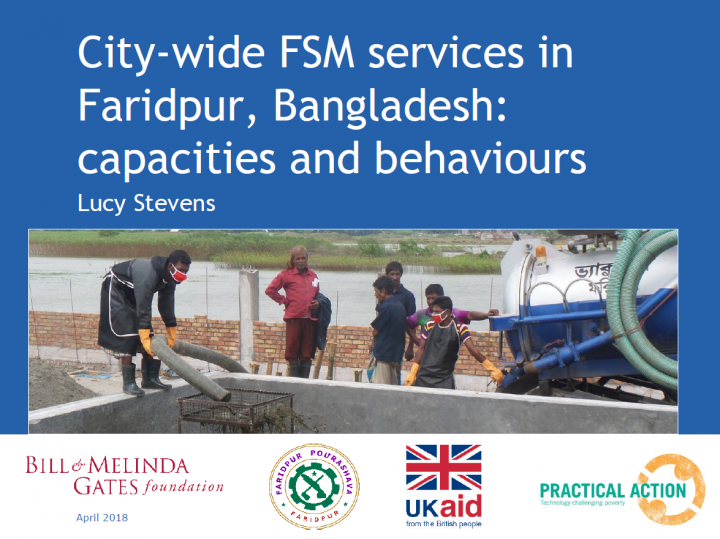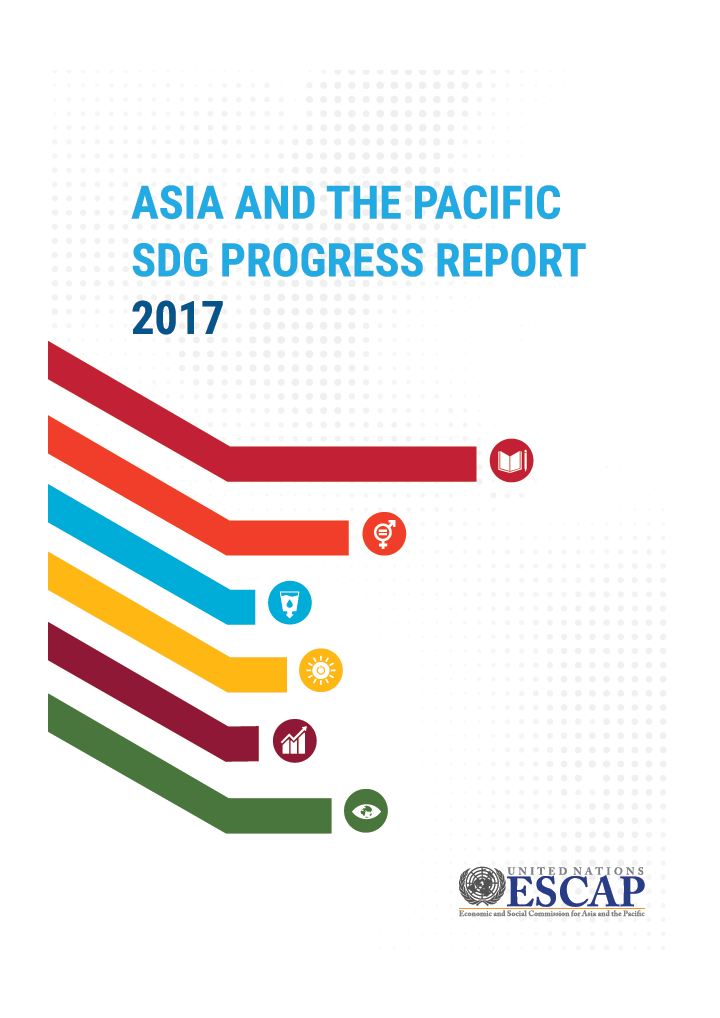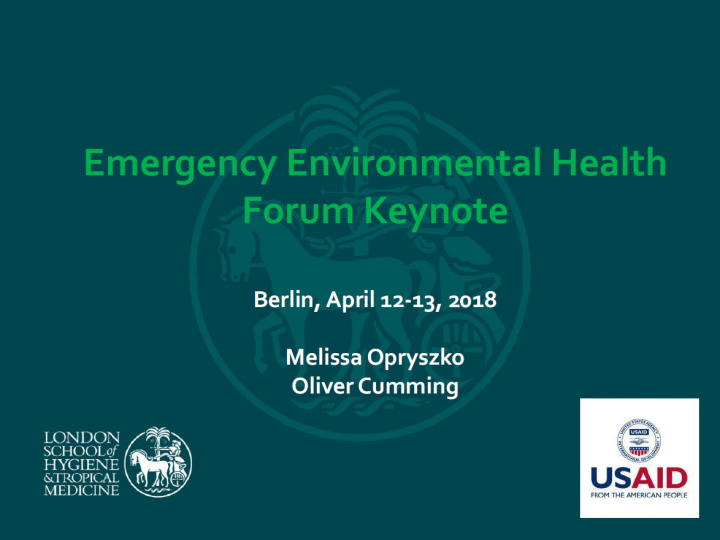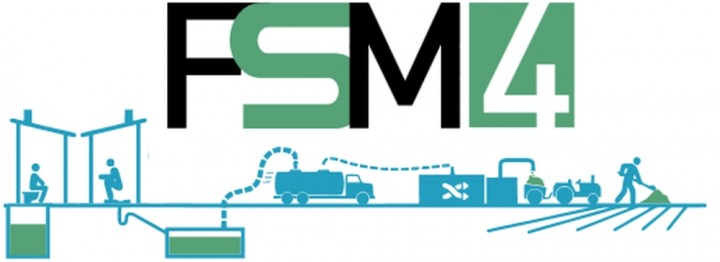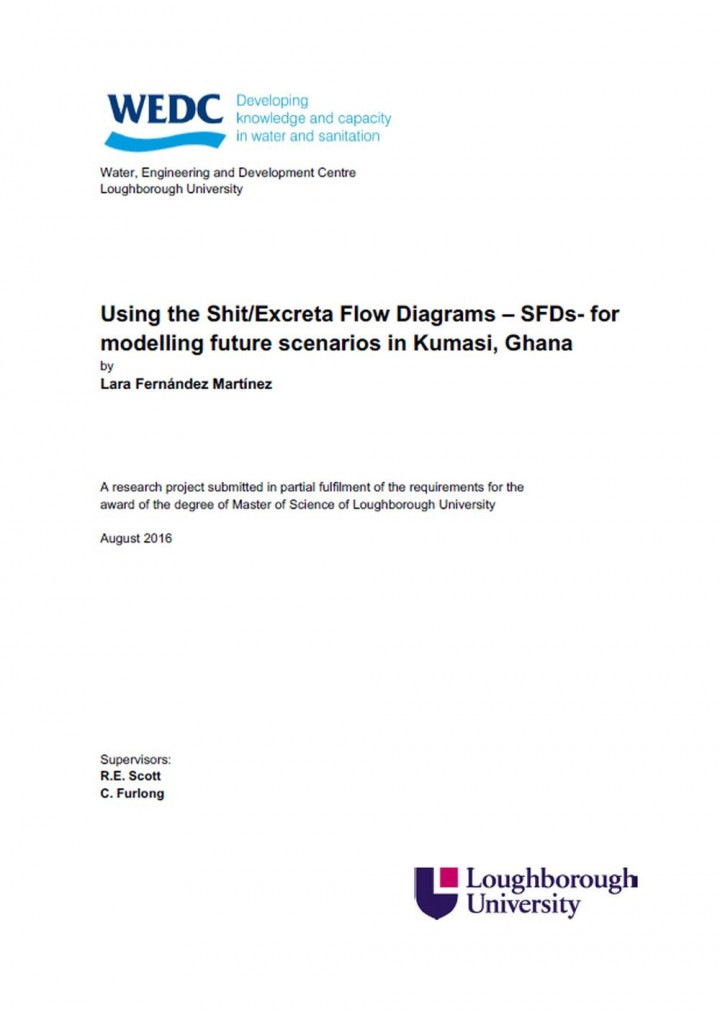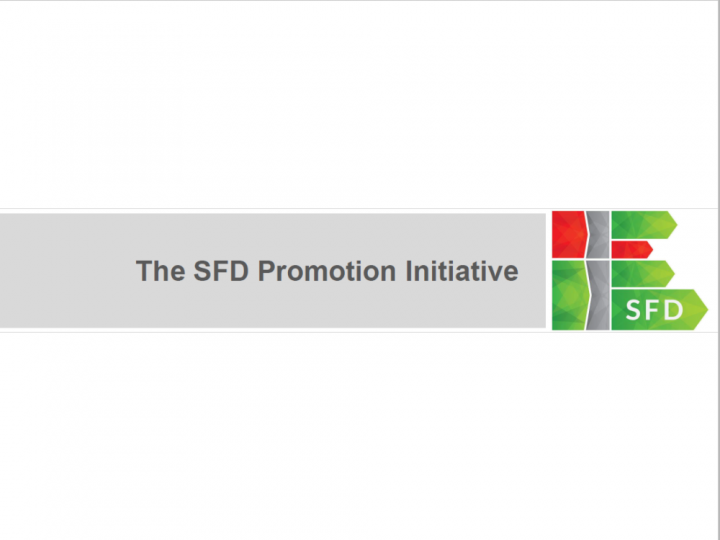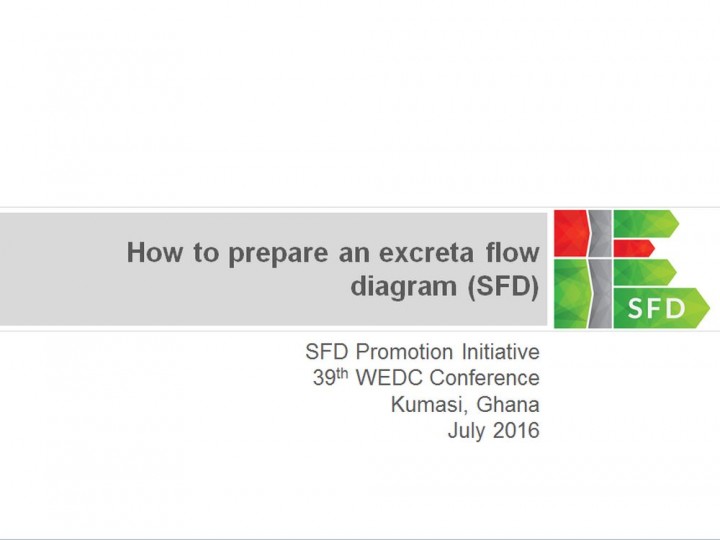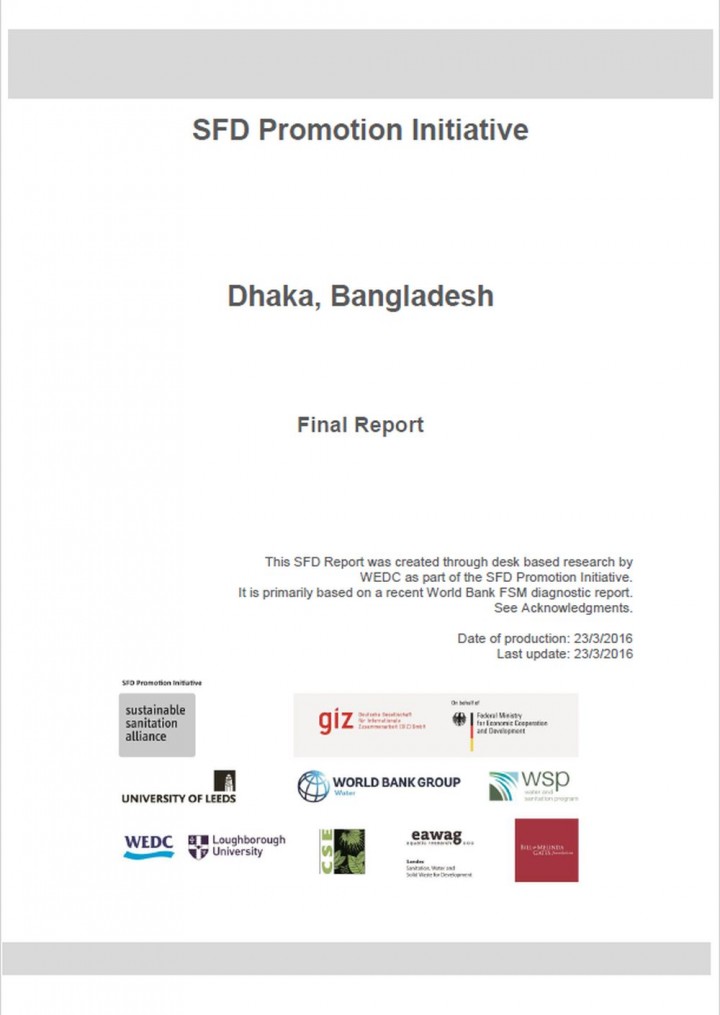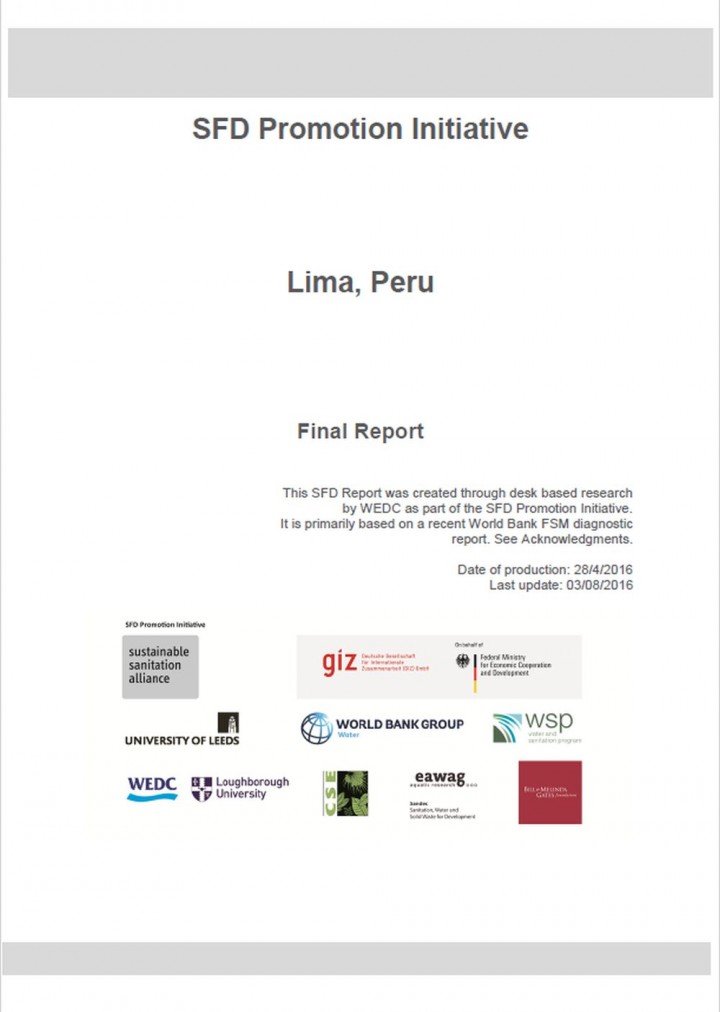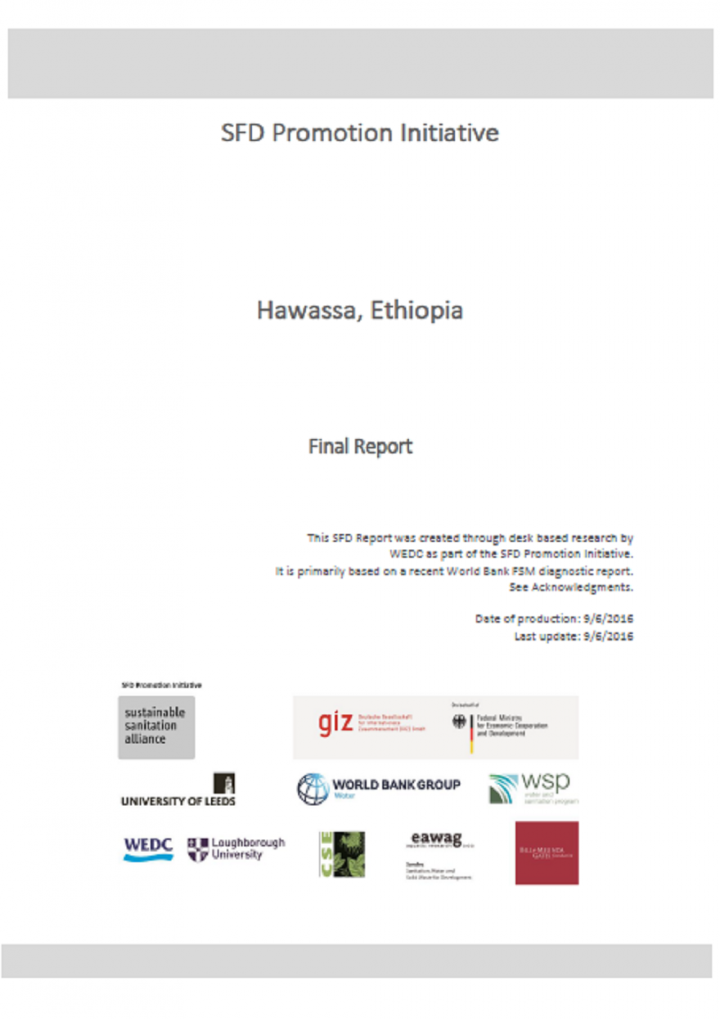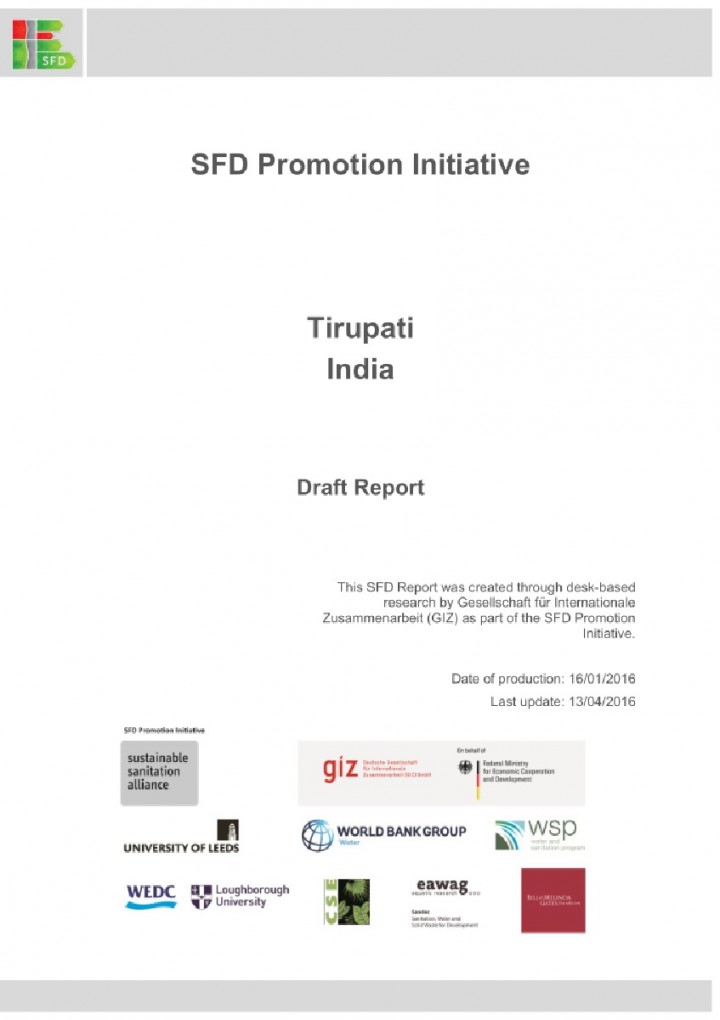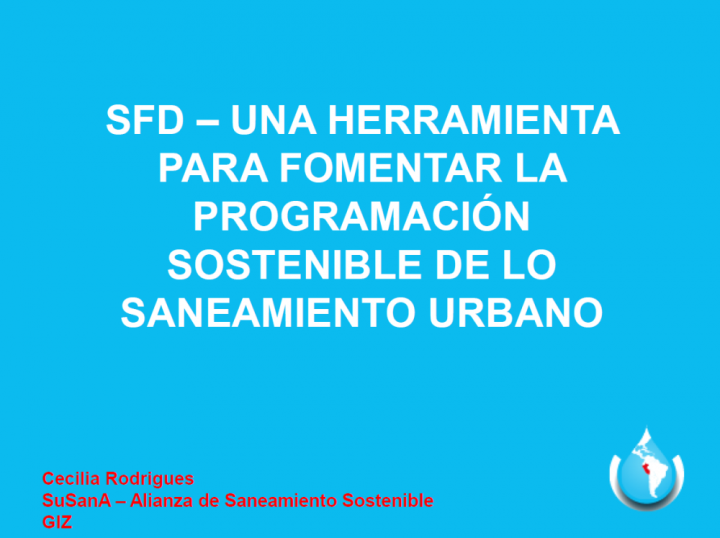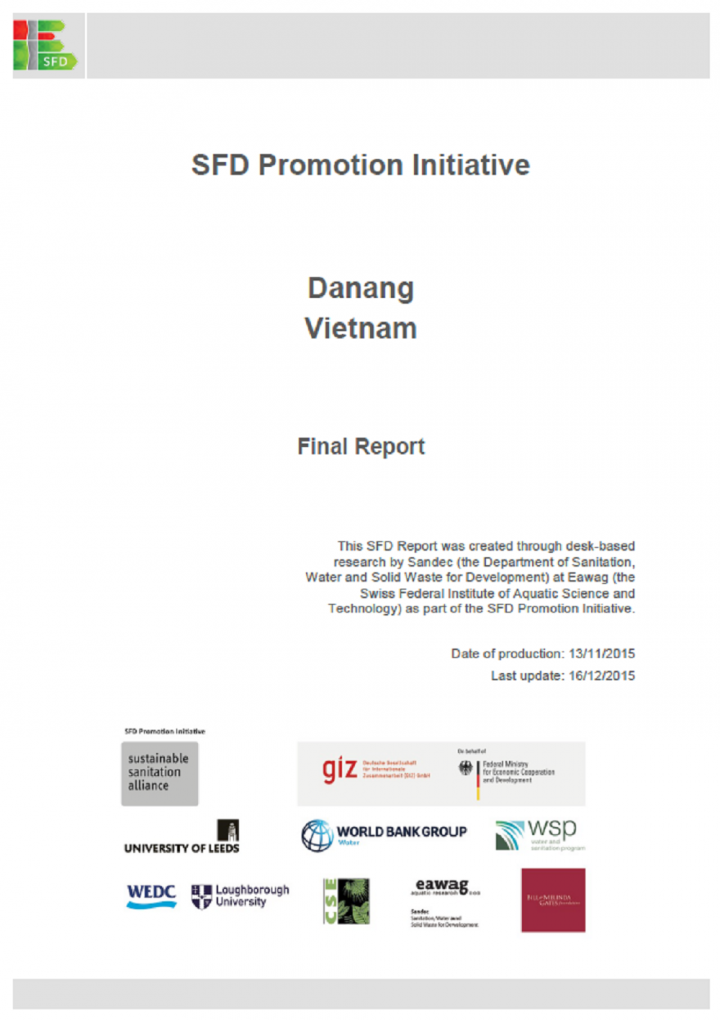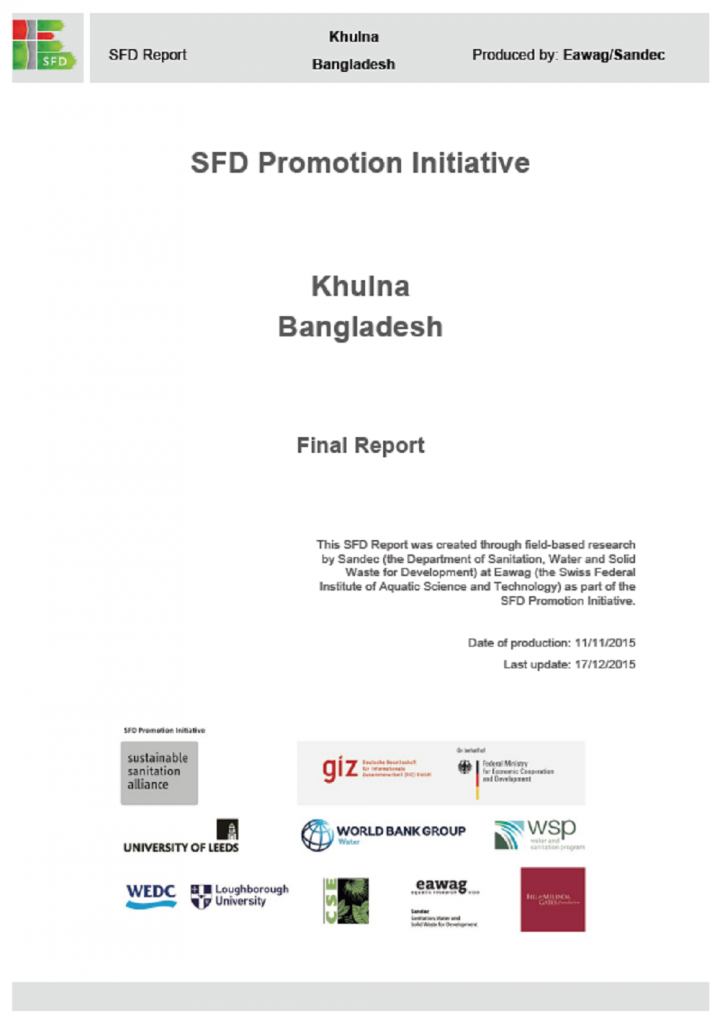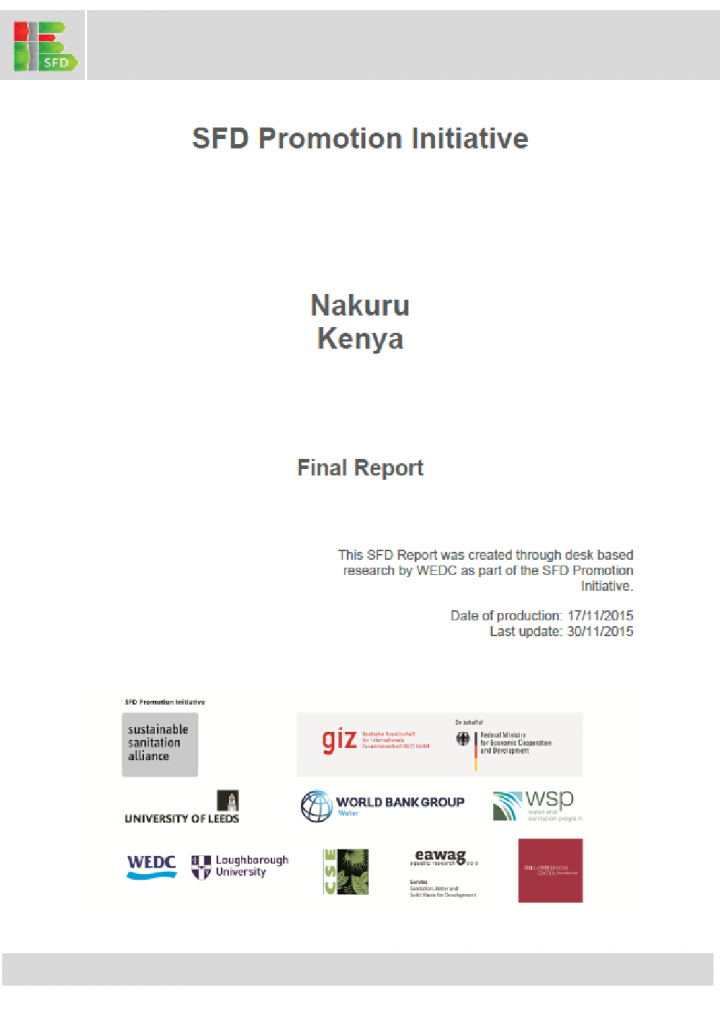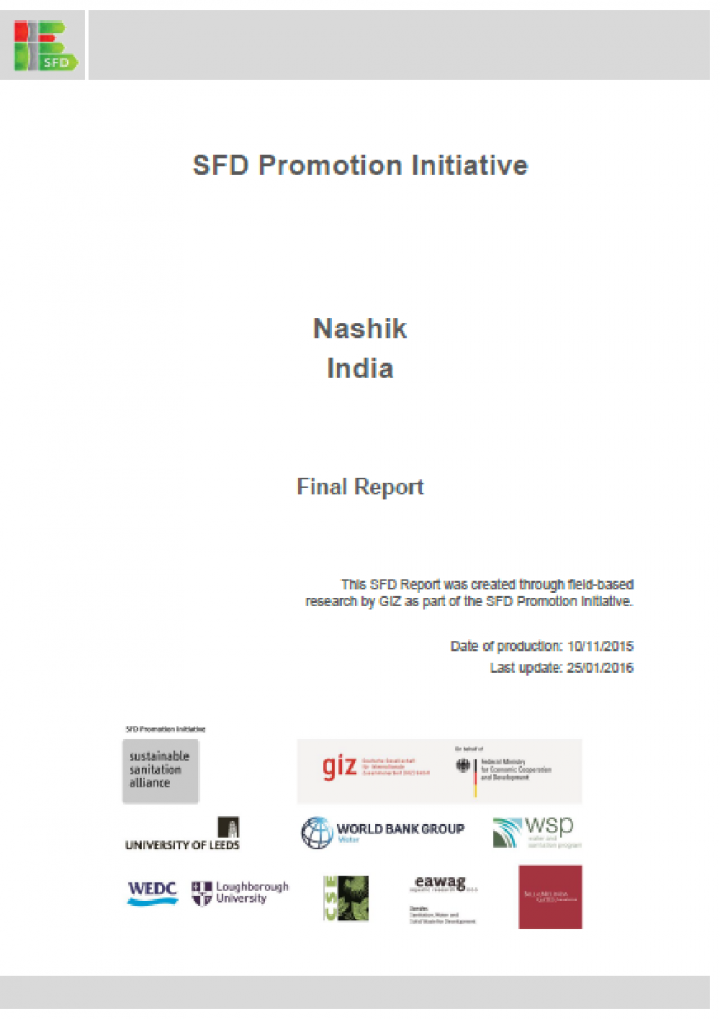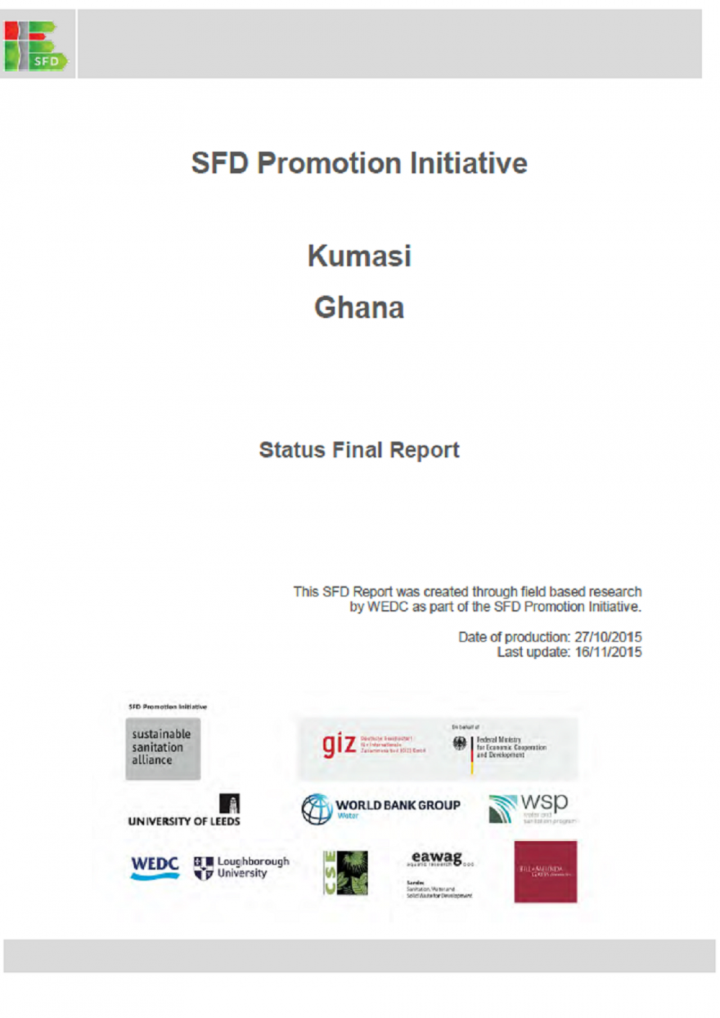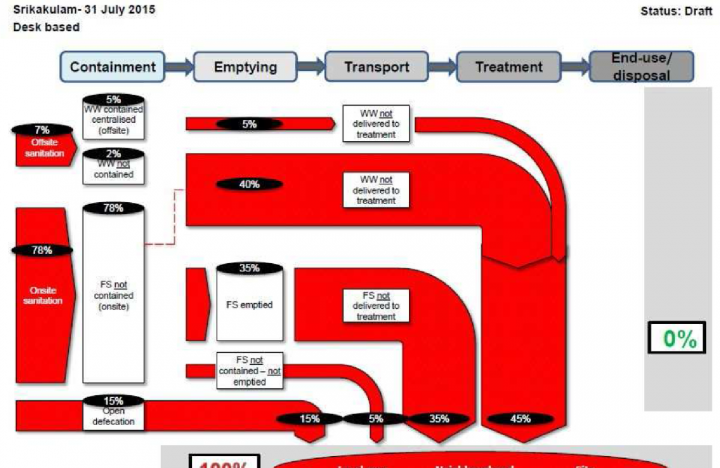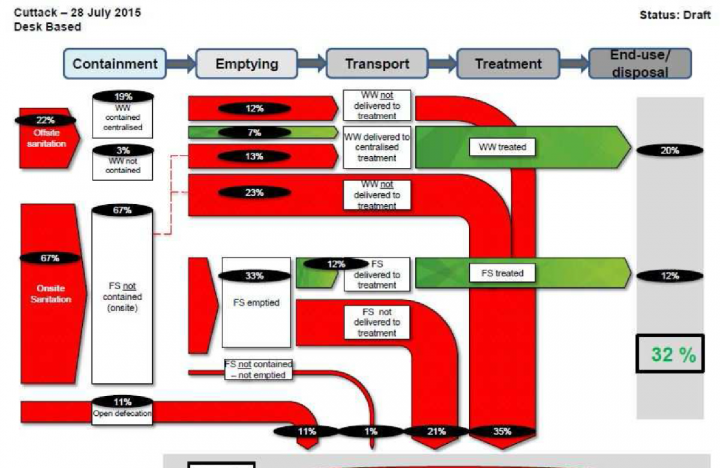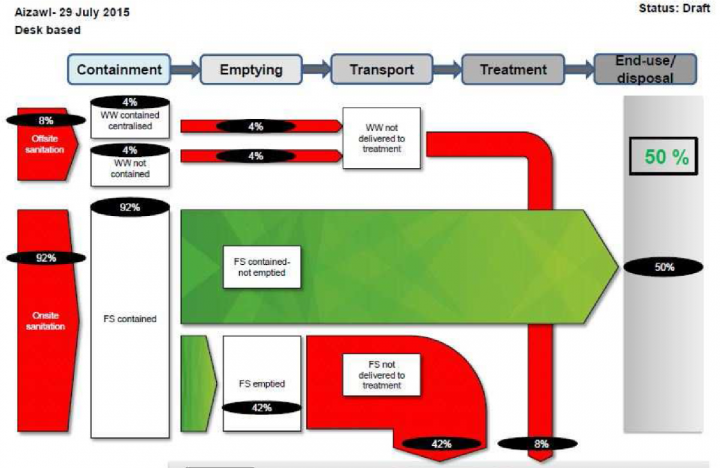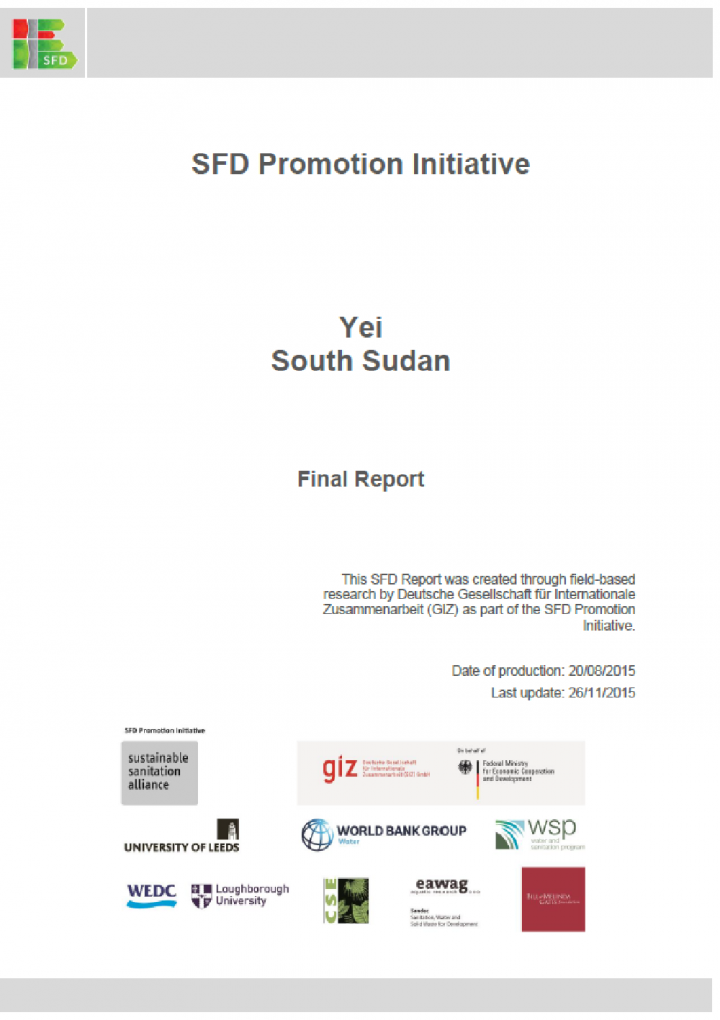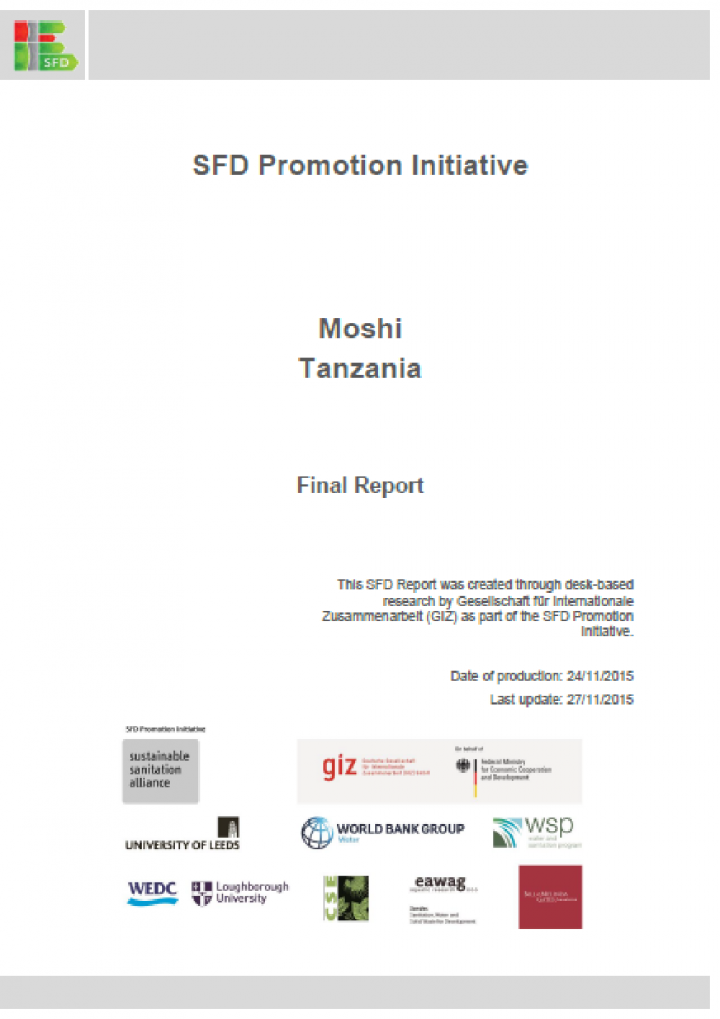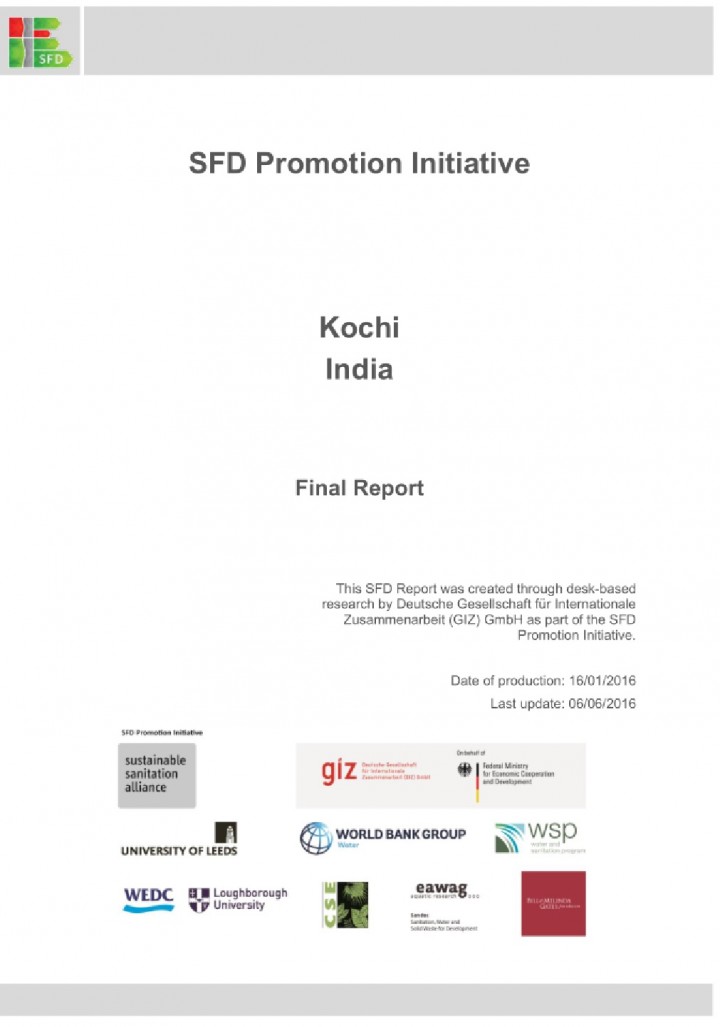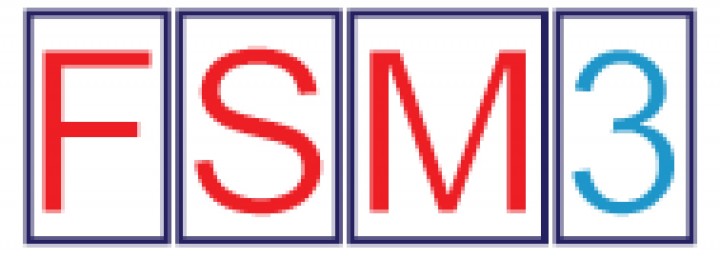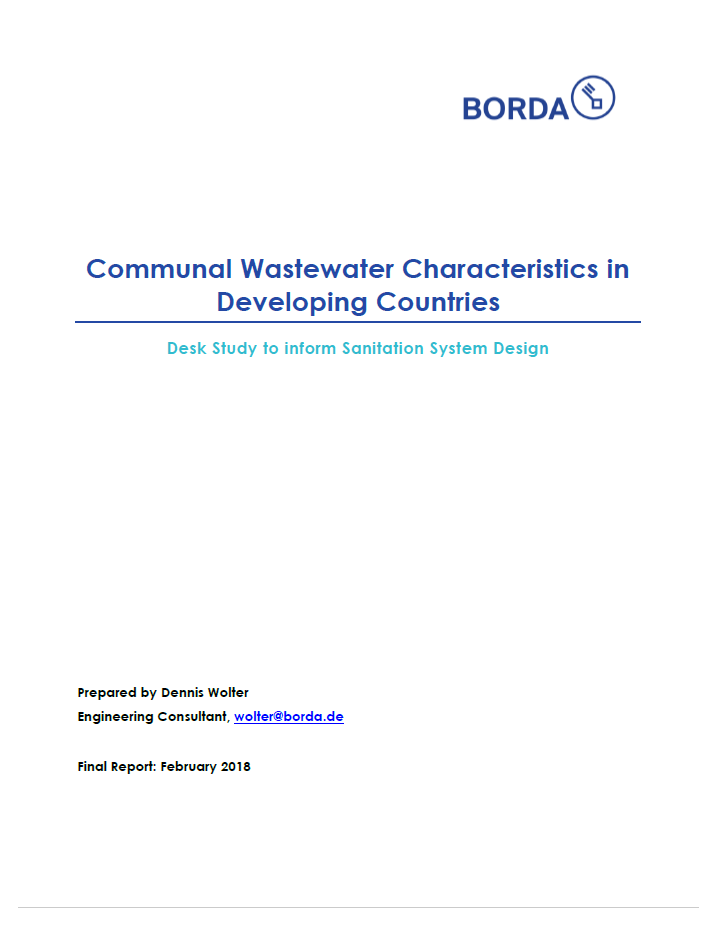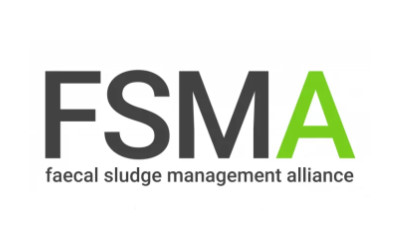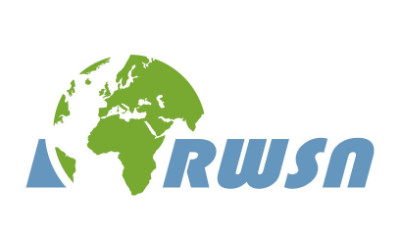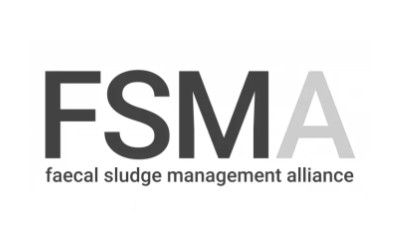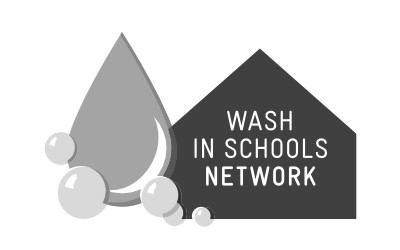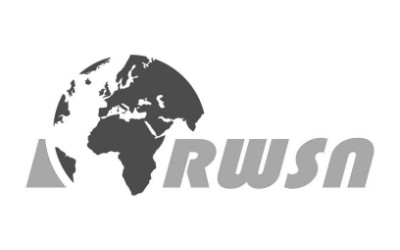Searching for information on Sanitation Workers?
The Sanitation Workers Knowledge + Learning Hub is the best source for all current news, trends, articles and updates on sanitation workers rights around the world.
The 21st meeting of the UK’s Sanitation Community of Practice was held on the 19th of April at the University of Leeds. The aim for the day was to engage participants in considering the links between human excreta management, solid waste management, and surface water drainage, as critical aspects of citywide environmental sanitation.
As well as the traditional SanCoP focus, contributions …
Asia and the Pacific SDG Progress Report 2017 is an assessment of the progress towards the SDG targets in Asia and the Pacific and its subregions. Drawing on the analysis of 66 indicators (60 global SDG indicators and 6 proxy indicators) the report forecasts likely progress by 2030 and identifies areas where greater effort is needed.
The assessment of progress contained in this report is …
The 8th Emergency Environmental Health Forum (EEHF) event was hosted by the German WASH Network in close collaboration with the Secretariat of the Sustainable Sanitation Alliance (SuSanA) at GIZ. The aim of the 2018 EEHF is:
- To share new research and learning
- To discuss new approaches and innovation in the sector
- To bridge silos between WASH and other humanitarian sectors
- To identify …
FSM4 was held in Chennai, Tamil Nadu, where the State Government has recently initiated measures to address FSM with regard to policy, regulatory changes, innovative solutions, and pilots. FSM4 focused on innovative and practical solutions that can be scaled up, including three tracks: research, case studies, and industry & exhibition.
Below you find the presentations held in track 3: Industry …
The high population density of the cities does not allow families to safely abandon onsite sanitation facilities. This creates a need for a sanitation service chain to safely manage feacal waste. Hence, Shit/Excreta Flow Diagrams (SFD) are being developed as an analysis tool, which illustrates excreta pathways along the sanitation service chain in a city. The main objective of this study is to …
The SFD Promotion Initiative has been working over the past year to develop a consistent method and the tools for producing excreta flow diagrams, the SFD (also called Shit Flow Diagrams). SFD is a powerful visualization tool that summarizes and presents excreta flows from containment (user interface) to their final destination in a given city. The Initiative was introduced to the broader …
This presentation was held at the 39th WEDC conference in Kumasi, Ghana in July 2016 by the SFD Promotion Initiative. The objective of the session was to introduce the tools available for SFD production and to guide participants through the process of creating an SFD.
The presentation contains information on:
- The SFD Promotion Initiative
- What is an SFD?
- Methodology for data …
Dhaka, the capital of Bangladesh, is one of world's most populated cities. ‘Dhaka City’ is defined in this report as the areas under the jurisdiction of the two Dhaka City Corporations. They cover an approximate area of 120 sq. km and house a population of 6.8 million people. The number of open defecators is low (less than 1%), but a majority of the city’s excreta is discharged into the …
Lima the capital of Peru and the third largest city in Latin America covering an area of 2,700 km2. Metropolitan Lima consists of the Province of Lima and the Constitutional Province of Callao and is located in a coastal desert. Approximately one third of Peru’s population live in Metropolitan Lima. It has an estimated population of 9,904,727. 92% of the excreta from the population of Lima is …
Hawassa is the capital of the Southern Nations, Nationalities and People’s Region in Ethiopia. The Ethiopian Central Statistical Agency estimates that the population of Hawassa is 351,469 and it has an annual population growth rate of 4%. 100% of the population is reliant on onsite sanitation. The most popular sanitation technology being semi-lined pits (56%). Although the SFD shows that 75% of …
Tirupati is situated in Chittoor district in the southern of the state of Andhra Pradesh with a total population of just under 375,000. The town is a pilgrimage center and attracts a total diurnal floating population of about 55,000. During religious festivals the diurnal floating population exceeds 100,000. In Tirupati it was estimated that 70% of excreta is managed safely while 30% of the …
Danang is located at the South Central Coast of Vietnam. It is the fourth most populated city in the country with approximately 1,007,400 inhabitants in 2014 (GSO 2015). The total land area of the city is 1,285 km2, including 65 km2 of residential area (GSO 2015). Sixty-two percent (62%) of the excreta flow was classified as unsafe management along the sanitation service chain (containment, …
Khulna is located in the south-western part of Bangladesh, with a population of 1.5 million and a total area of 46 km2. Its National policy and strategy documents encourage both NGOs and the private sector to actively engage in providing sanitation services. However, the SFD assessment has shown that 100% of the excreta in Khulna is not contained and therefore unsafely managed.
The Shit Flow …
Nakuru is the fourth largest town in Kenya, lying within the Rift Valley and covering an area of 290 km2. Less than 30% of the population is served by the sewerage network, while the majority of the population use onsite sanitation services, predominantly in the form of basic or traditional pit latrines. Formal emptying services for fecal sludge has limited coverage, with the fecal sludge removed …
The city of Nashik is located in the northwest of the state of Maharashtra in the Western Ghats at the source of the Godavari River. As per Census 2011 Nashik has a total population of just under 1.5 Million. In Nashik it was estimated that 85% of excreta is managed safely while 15% of the excreta ends up directly in the environment without adequate treatment.
This Shit Flow Diagram (SFD) …
Kumasi is the second largest city in Ghana and lies in the Ashanti Region in the south of the country (Adarkwa, 2011). The city covers approximately 254 sq. km. It has an approximately population of 2.7 million with an annual growth rate of 5.5% (City Population, 2015, World Bank, 2008). A high percentage of the population of Kumasi is reliant on public toilets that are properly regulated by KMA …
Srikakulam is located in the state of Andhra Pradesh and is an important administrative and commercial center. The population of city is 133,911 persons. Lack of sewerage network, sewage treatment plant, malfunctioning septic tanks and pits as well as open defection are the causes of excreta being unsafely managed.
Date of production: 31/07/2015
Last update: 25/08/2015
Cuttack lies in the east coast plains of India; it is the capital and one of the oldest cities of Odisha. Population of the city reaches 606,007 persons, who are mainly dependent on malfunctioning septic tanks and pits. Only 32% of faecal sludge and wastewater is safely managed.
Date of production: 28/07/2015
Last update: 25/08/2015
Aizawl is the capital of Mizoram State located in the east of the Himalayan region of India. The density of the city, 2,823 persons per sq. km, is higher compared to state average, 52 persons per sq. km. 92% of the city depend on onsite sanitation systems and 8% of the city on offsite systems. There is no wastewater treatment leading to unsafe management of faecal sludge and wastewater.
Date …
Providing water and sanitation to Yei population is one of the concerns of the government, considering that around 60% of the households use pit latrines with minimal stability, mud floor and low privacy (whose management is affecting groundwater quality).; less than 1% of population have a septic tank and emptying contamination facilities is practiced by only 7% of the households.
This SFD …
Moshi municipality is an administrative district in Kilimanjaro province whose population has growth from less than 10,000 to 185, 000 residents. The majority of households depend on on-site sanitation which is poorly documented, not regulated or monitored. In Moshi it was estimated that 36% of excreta is managed safely while 64% of the excreta ends up directly in the environment without adequate …
The city of Kochi (also known as 'Cochin') is the touristic and economic capital of the state of Kerala located in the south-west region of India. The municipal boundary of the Corporation Cochin (CoC) has a total population of over 600,000. In Kochi it was estimated that 20% of excreta is managed safely while 80% of the excreta ends up directly in the environment without adequate …
The workshop presented the overarching framework of the WSP FSM study, and focused on key diagnostic tools being developed by GIZ, Emory University and WSP. These tools are designed to: track faecal waste flows (SFDs), assess public health risks (SaniPATH) and assess economic outcomes of interventions (ESI). By using a mix of presentations, case study-based group work and open discussion, the …
Wastewater characteristics for developing countries are usually either very generalising, outdated or only applicable in a limited context under specific circumstances.
The goal of this assignment is to review and collate accessible data on DEWATS design parameters in developing countries and where possible to classify it depending on country and income group in order to
• identify …

